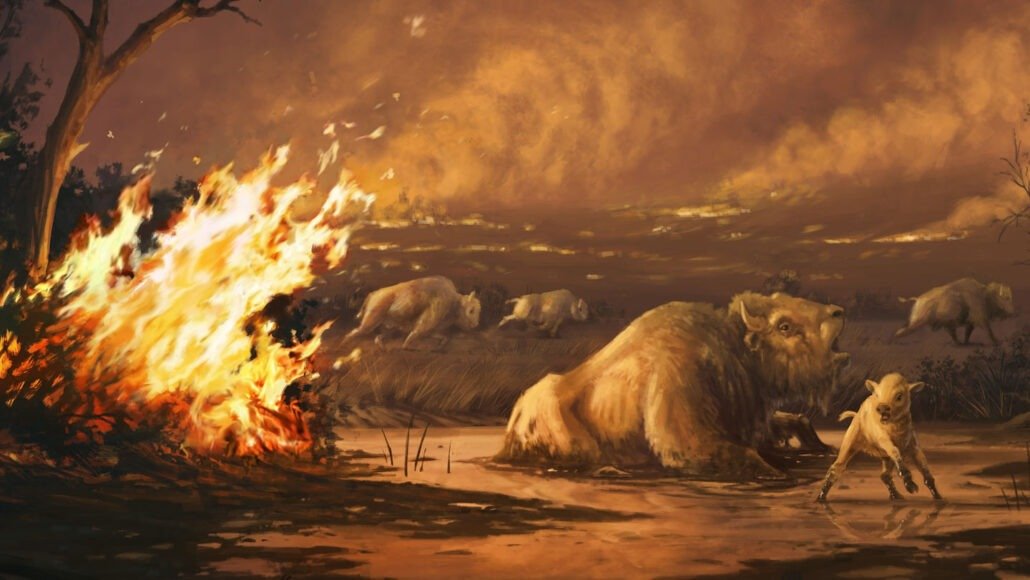A recent pioneering study discovered that rapid climate change, coupled with the rise of human civilization, may be responsible for the rest of the world. rapid extinction of ice age animals in southern california.
About 13,000 years ago, the lush Southern California landscape was home to saber-toothed cats, giant ground sloths, and American camels. However, within a short geological range, these majestic animals disappeared as a mystery that has puzzled scientists for generations.
using skeletal remains The La Brea Tar Pits and the sediments of ancient Lake Elsinore, the researchers delved deeper into the archaeological history of the area. These remains paint a vivid picture of megafauna decline.
The first humans in the region seem to have coincided with this critical time, coupled with the onset of a warmer and drier climate. Surprisingly, armed only with basic tools and in limited numbers, these people seem to have radically changed the southern California landscape in less than two centuries..
“Fires, which are clearly human-caused, coincide exactly with the sudden disappearance of megafauna,” says Emily Lindsey, lead author and curator of La Brea Tar Pits.
A the speed and magnitude of this ancient ecological disaster echo contemporary environmental challenges, highlighting the potential consequences of our current route. Plant physiologist Dr. Jarmila Pittermann says: “This study is a stark warning of how climate change can alter entire ecosystems.”
The scientists studied the collagen preserved in bones, allowing for accurate radiocarbon dating. The analysis showed that after 13,000 years, megafauna diversity experienced a marked decline and only adaptive species such as coyotes persisted.
Lake Elsinore sediments provided a detailed record of past climates. These appeared an increase in the occurrence of fires about 13,200 years ago, which points to an increasing human impact and climate change.
Between 14,000 and 13,000 years ago, the planet experienced a naturally hotter and drier period, causing vegetation to dry out. However, the arrival of humans in Southern California added a new variable to the equation. This human action, added to natural climate changes, may have set the stage for an ecological collapse.
These findings highlight concerns about current anthropogenic factors exacerbating the climate crisis. Today’s rates of warming and human impact are much greater than those of the late Pleistocene. The study highlights the need to learn from history to address contemporary ecological challenges..
Stay up to date on science and the effects of climate change at TecMundo. If you wish, take the opportunity to learn more about the lake in Canada that could mark the beginning of Earth’s current geological period.
Source: Tec Mundo
I’m Blaine Morgan, an experienced journalist and writer with over 8 years of experience in the tech industry. My expertise lies in writing about technology news and trends, covering everything from cutting-edge gadgets to emerging software developments. I’ve written for several leading publications including Gadget Onus where I am an author.












